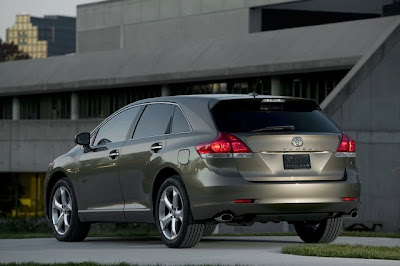
Car and Driver's new editor-in-chief Eddie Alterman is on issue number two of his tenure...and he's continuing to hit all the right notes.
At his invitation, David E. Davis, Jr., who held that office twice in the 60s, 70s and 80s (both tenures widely considered to be the golden years of C/D) has returned as a columnist.
Davis is the father of modern automotive journalism, a true giant whose talents and instincts not only propelled Car and Driver to the top while he was at the helm, but provided sufficient momentum to keep C/D there for the 23 years since his departure to launch Automobile. His most recent venture was the online magazine Winding Road.
If you took everything Davis ever wrote in his life and put it in one volume, I'd read it all (most of it for the second or third time) and then urge you to do the same.
Davis says he's rejoining Car and Driver because it is the one car magazine with the ingredients needed to succeed.
Alterman's second issue (July, 2009) is yet another big step forward in putting Car and Driver back in gear, from a thought-provoking editor's column, to continued refinements in content and artwork (including the cleanest-looking cover in years).
Last month's appearance by former editor-in-chief Csaba Csere, kicking off a series on Certified Pre-Owned vehicles, appears to have been a one-shot...Tony Swan writes installment number two (on Porsche 911's)
DED, Jr.'s first column is in there, too...a brilliant piece on former General Motors chief Rick Wagoner and what might soon be the former General Motors. Go buy a copy. Then subscribe. This is going to be very good...at a time when we car folks need it most.
Car and Driver May 1964 (Vol 9 No 11)
Automobile, December 1988, Vol. 3, No. 9.







 8:58 PM
8:58 PM
 deli
deli



































.jpg)

